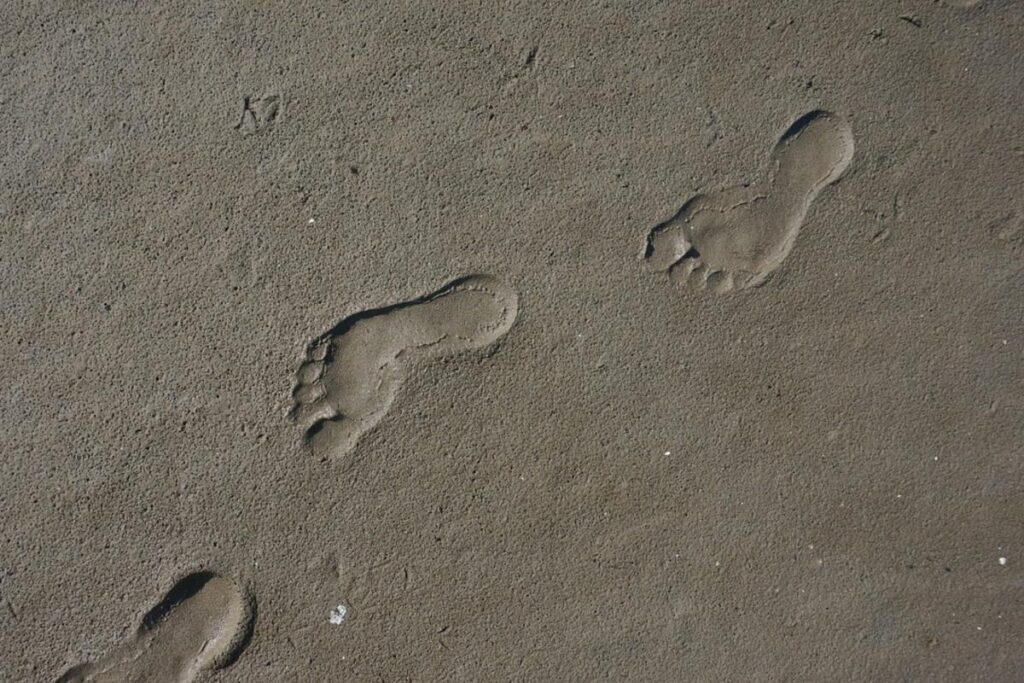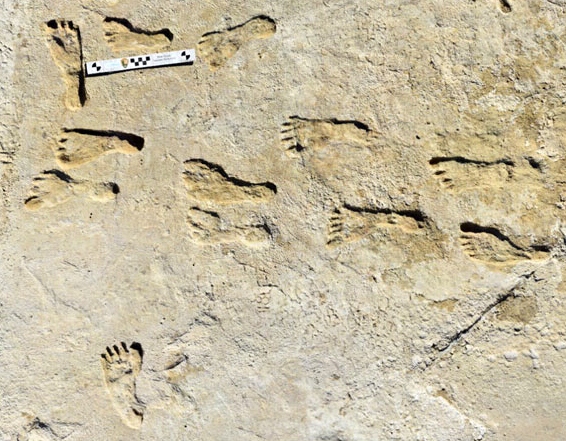
Despite the abundance of theories about the arrival of the human being to North America, There is one that is the most accredited by experts And he suggests that the first humans to step on that territory did it approximately 16,000 or 14,000 years ago.
Something that was possible thanks to the last glaciation that allowed them to cross the Bering Strait from Asia. However, although this is the most accepted theory by scientists, recent studies have discovered something that allows humans to arrive in North America long before we believed.
A group of researchers from the University of Arizona led by Vance Holliday, professor, archaeologist and geologist, He has discovered some human footprints in White Sands National Parklocated in New Mexico (United States), dated between 21,000 and 23,000 years ago.
White Sands National Park, key to this discovery
The results of his study, which have been published in the journal Science Advances, show that there are A new timeline that would completely change the understanding and development of cultures in North America. To date, the oldest artifacts that had been found were about 13,000 years old and had been found in Clovis.
The fingerprints found in White Sands
The area in which the finding has occurred, White Sands, before was a region of lakes that, over the centuries, were drying. “Wind erosion destroyed part of history, so that part simply disappeared. The rest is buried under the largest pile of gypsum sand in the world”, indica Vance Holliday.
After discovering the footprints, Researchers wonder how these humans will not leave artifacts or settlements. “It is perfectly reasonable to assume that they would be careful not to leave behind any resource in such a short time. These people lived from their artifacts and were far from where they could get replacement material,” says Jason Windingstad, from the University of Arizona.




